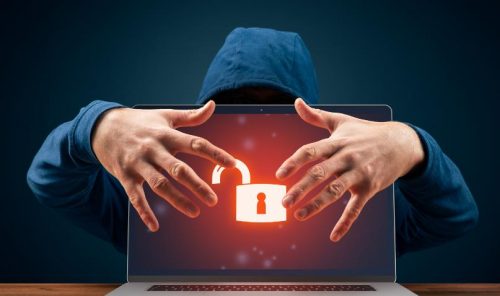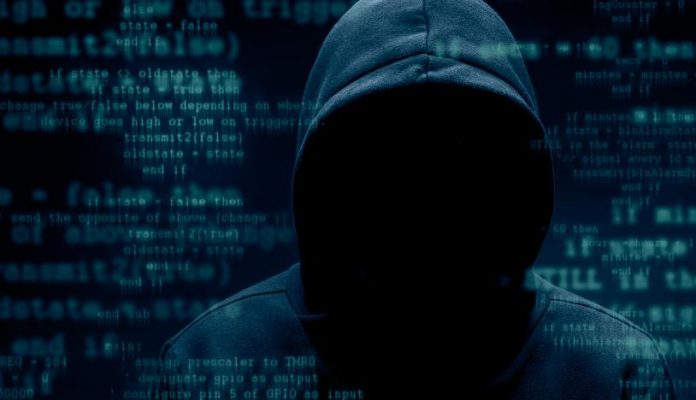Introduction
In the vast expanse of the digital universe, where information flows ceaselessly and technology advances at a mind-boggling pace, a new breed of modern-day outlaws roams freely. They are the hackers, the shadowy figures of the digital realm. With their intricate knowledge of computer systems and networks, they often seem like phantoms, operating in the shadows and leaving behind a trail of chaos and confusion.
But fear not, for in this digital age, there are heroes in the making, digital detectives armed with cutting-edge tools and techniques. They are on a mission to unmask these cybercriminals, track them down, and bring them to justice. Welcome to the world of cybercrime resolution, where the lines between the digital and physical realms blur, and where the pursuit of truth is as thrilling as any detective story.
How We Can Hunt Down Hackers in the Digital Realm?
The Digital Detective’s Toolkit
Imagine a detective’s toolkit, filled with gadgets and tools straight out of a sci-fi movie. In the digital realm, this toolkit is very real, and it’s continually evolving to keep pace with the ingenious tactics employed by hackers. Here’s a glimpse into the arsenal of the modern digital detective:
Just as a detective at a crime scene looks for fingerprints, hair strands, or other physical evidence, a digital detective examines digital footprints. Advanced forensics software allows them to dig deep into hard drives, servers, and other digital devices to uncover evidence that hackers may think they’ve erased. This software can reveal deleted files, hidden code, and even the routes cybercriminals took through a system.
In the world of digital investigation, knowledge is power. CTI is like a massive database of information about known cyber threats. It helps digital detectives identify patterns, techniques, and even the digital signatures of known hackers. This intelligence is crucial for understanding the tactics employed by cybercriminals and for developing strategies to counter them.
 Hackers often employ techniques that evolve rapidly, making them hard to predict or detect using traditional methods. Machine learning and artificial intelligence (AI) come to the rescue. These technologies can analyze vast amounts of data in real time, identifying anomalies or suspicious activities that might indicate a cyberattack in progress.
Hackers often employ techniques that evolve rapidly, making them hard to predict or detect using traditional methods. Machine learning and artificial intelligence (AI) come to the rescue. These technologies can analyze vast amounts of data in real time, identifying anomalies or suspicious activities that might indicate a cyberattack in progress.
To catch a hacker, you sometimes need to think like one. Ethical hackers, also known as white-hat hackers, use their skills for good. They attempt to breach systems, find vulnerabilities, and report them to the system owners before malicious hackers can exploit them. Ethical hacking helps organizations preemptively fortify their digital defences.
These are the Sherlock Holmes of the digital world. Digital forensics experts specialize in piecing together the digital trail left by hackers. They can analyze log files, trace network activities, and even recover data from damaged or encrypted storage devices.
How Digital Fingerprinting Works?
Digital fingerprinting, also known as device fingerprinting or browser fingerprinting, is a technique used to uniquely identify devices or users based on specific characteristics of their digital footprint. Think of it as a cyber version of traditional fingerprinting used in criminal investigations. Instead of analyzing ridges and whorls on a fingertip, digital fingerprinting delves into the intricacies of software, hardware, and online behavior.
Device Characteristics: Every device connected to the internet leaves behind a unique trail of information. This includes details like the device’s operating system, browser version, screen resolution, time zone, and more. Combined, these characteristics create a digital signature for the device.
- Browser and Plugin Information: When you visit a website, your browser sends a multitude of information to the site’s servers. This data includes details about installed plugins, fonts, and even the language settings of your browser.
- IP Address: While not unique to a single device, an IP address can still provide valuable information. It can pinpoint your approximate geographical location and help digital detectives establish patterns of behaviour.
- Behavioural Traits: How you interact with websites can be telling. Your mouse movements, typing speed, and the way you navigate through a page are all potential indicators.
A Cat-and-Mouse Game
 In the digital realm, it’s a constant cat-and-mouse game between hackers and those dedicated to stopping them. As soon as a new cyber threat emerges, defenders rush to understand it and develop countermeasures. Hackers, on the other hand, adapt and evolve their tactics to stay ahead.
In the digital realm, it’s a constant cat-and-mouse game between hackers and those dedicated to stopping them. As soon as a new cyber threat emerges, defenders rush to understand it and develop countermeasures. Hackers, on the other hand, adapt and evolve their tactics to stay ahead.
But while the battle rages on, digital detectives continue to make strides in their quest to unmask hackers. They collaborate across borders, share threat intelligence, and employ cutting-edge technology to track down cybercriminals and bring them to justice.
The Power of Uniqueness
The true strength of digital fingerprinting lies in its ability to create a unique profile for each device or user. Even when people attempt to mask their identities by using virtual private networks (VPNs) or other anonymizing tools, certain characteristics remain consistent. This consistency is what makes fingerprinting so powerful for tracking down hackers.
Applications of Digital Fingerprinting
So, how is digital fingerprinting used in the real world to hunt down hackers? Let’s delve into some practical applications:
Fraud Detection
Banks and financial institutions employ digital fingerprinting to detect fraudulent transactions. If a transaction deviates significantly from a user’s established fingerprint, it raises a red flag, triggering additional verification steps.
Cybersecurity Investigations
When a cyberattack occurs, digital detectives often rely on fingerprinting to identify the source. By examining the digital signature left behind, they can narrow down potential suspects and gather evidence for legal action.
E-commerce and Advertising
Even e-commerce platforms and advertisers utilize digital fingerprinting, though not for punitive purposes. They use it to enhance user experiences, such as by showing relevant ads or preventing fraud.
Content Protection
In the world of digital media, fingerprinting helps protect copyrighted content. It can identify instances of unauthorized distribution or sharing of copyrighted materials.
Ethical Dilemmas
As with any pursuit of justice, the world of digital crime resolution is not without its ethical dilemmas. The line between protecting digital rights and pursuing criminals can be thin. Privacy concerns, the risk of false accusations, and the need for international cooperation all add complexity to the work of digital detectives.
 In some cases, hacktivists who expose corporate wrongdoing or government overreach may find themselves in the crosshairs of digital detectives. These ethical quandaries highlight the importance of maintaining a delicate balance between security and individual rights in the digital age.
In some cases, hacktivists who expose corporate wrongdoing or government overreach may find themselves in the crosshairs of digital detectives. These ethical quandaries highlight the importance of maintaining a delicate balance between security and individual rights in the digital age.
Conclusion
The digital realm is vast, and its mysteries run deep. In this world, where hackers weave intricate webs of deception, the digital detectives armed with their toolkit of advanced technologies and ethical principles stand as a beacon of hope. They tirelessly pursue justice, striving to unmask the shadows and bring cybercriminals to justice.
While the battle between hackers and digital detectives may never truly end, the relentless pursuit of truth and the unwavering commitment to cyber security continue to drive this ongoing saga. In the end, it’s a testament to the resilience and determination of those who dare to unmask the shadows in the digital realm.





































